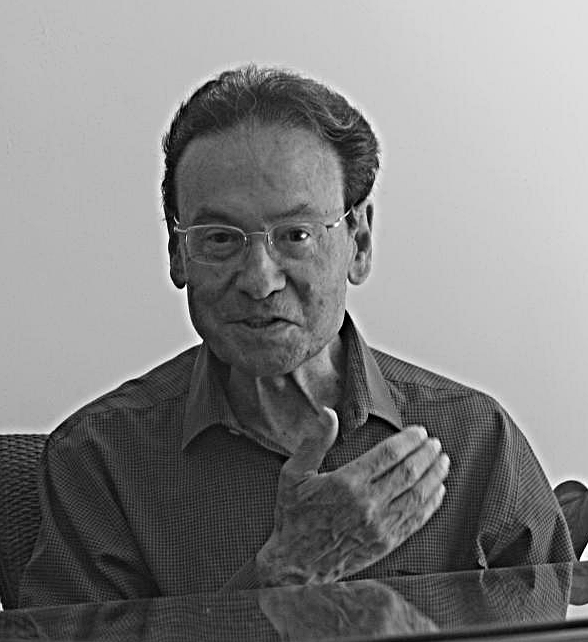The catenation and tensive structures as patterns for the semiotic square
DOI:
https://doi.org/10.11606/issn.1980-4016.esse.2019.156046Keywords:
Tensive Semiotics, Intensity, Extensiveness, Catenary, Semiotic SquareAbstract
The aim of this article: to explore a suggestion of Zilberberg in an en passant speculation, when he proposes that “the categorical presupposes the progressive, that establishes the first one” and that “the categorical is reached by the suspension of the catenary terms and conservation of the extreme terms” (1981, p. 10). Catenary – from the Latin catena [chain] – is defined in dictionaries as a curve in which hangs, under the influence of their own weight, a thread suspended by the extremities. This geometric figure allows to “reflect” the tensive gradient – the figure of the letter L, with intensive vertical axis and extensive horizontal axis – coupled to its mirror (an inverted L), a second intensive and extensive axis. The first L would respond by the “tonicity” (in the intensive verticality) and its “degradation” (in the horizontal horizontality) of the first term (S1); the inverted L would respond by the tonicity and degradation of the second term (S2). In short, the tensive gradient is doubled to accommodate the two categorical terms of the semiotic square, which thus becomes tensive (or “tensivises”).
Downloads
References
BENVENISTE, E. Problèmes de linguistique générale 2. Paris : Gallimard, 1966.
BERTRAND, D. ; FONTANILLE, J. (dir.). Régimes sémiotiques de la temporalité. Paris : PUF, 2006.
ÉDELINE, F. Une image ne démontre pas, elle convainc, Actes Sémiotiques, 114, 2011 [https://www.unilim.fr/actes-semiotiques].
FONTANILLE, J. Pour une topique narrative anthropomorphe. Actes Sémiotiques - Documents n. 57. Paris : GRSL, p. 7-30, 1984.
FONTANILLE, J. (dir). Le devenir. Limoges : PULIM, 1995.
FONTANILLE, J. Pratiques sémiotiques. Paris : PUF, 2008.
FONTANILLE, J. En signe d’amitié fidèle et de reconnaissance à Claude Zilberberg. Actes Sémiotiques, 122, 2019. Disponível em: <https://www.unilim.fr/actes-semiotiques/6231>.
FONTANILLE, J. ; ZILBERBERG, C. Tension et signification. Sprimont : Mardaga,1998.
GREIMAS, A. J. Sémantique structurale. Recherche de méthode. Paris : Larousse, 1966.
GREIMAS, A. J. Du sens. Essais sémiotiques. Paris : Seuil, 1970.
GREIMAS, A. J. Pour une théorie des modalités. Langages 43. Paris : Larousse,1976. p. 90-107.
GREIMAS, A. J. ; Courtés, J. Sémiotique. Dictionnaire raisonné de la théorie du langage, tome I. Paris : Hachette, 1979.
HJELMSLEV, L. Prolégomènes à une théorie du langage. Paris : Minuit, 1971.
LANDOWSKI, E. Passions sans nom. Paris : PUF, 2004.
LANDOWSKI, E. Interactions risquées. Limoges : PULIM, 2006.
LOPES, I. C. ; SOUZA, P. M. (orgs.) Estudos Semióticos do Plano da Expressão. São Paulo: FFLCH-USP, 2018. DOI: https://doi.org/10.11606/9788575063453 .
MARSCIANI, F. Ricerche Semiotiche I. Il tema trascendentale. Bologna: Esculapio, 2012.
MARSCIANI, F. Ricerche Semiotiche II. In fondo al semiotico. Bologna: Esculapio, 2012.
MENDES, C. M.; LARA, G. M. P. Em torno do acontecimento. Uma homenagem a Claude Zilberberg. Curitiba: Appris, 2016.
MOUTAT, A. Du sensible à l’intelligible. Pour une sémiotique de la perception. Limoges : Lambert-Lucas, 2015.
ZILBERBERG, C. Essai sur les modalités tensives. Amsterdam: John Benjamins, 1981.
ZILBERBERG, C. L’affect comme clef cognitive ?. Eutopías, 2a época, vol. 49. Centre de sémiotique de l’Université de Valence, 1994.
ZILBERBERG, C. Raison et poétique du sens. Paris : PUF, 1988.
ZILBERBERG, C. Éléments de grammaire tensive. Limoges : PULIM, 2006.
ZILBERBERG, C. Des formes de vie aux valeurs. Paris : PUF, 2011.
ZILBERBERG, C. La structure tensive. Liège : PULg, 2012.
Downloads
Published
Issue
Section
License
Copyright (c) 2019 Waldir Beividas

This work is licensed under a Creative Commons Attribution-NonCommercial-ShareAlike 4.0 International License.
The authors grant the journal all copyrights relating to the work published. The concepts expressed in signed articles are absolute and exclusive responsibility of their authors.






